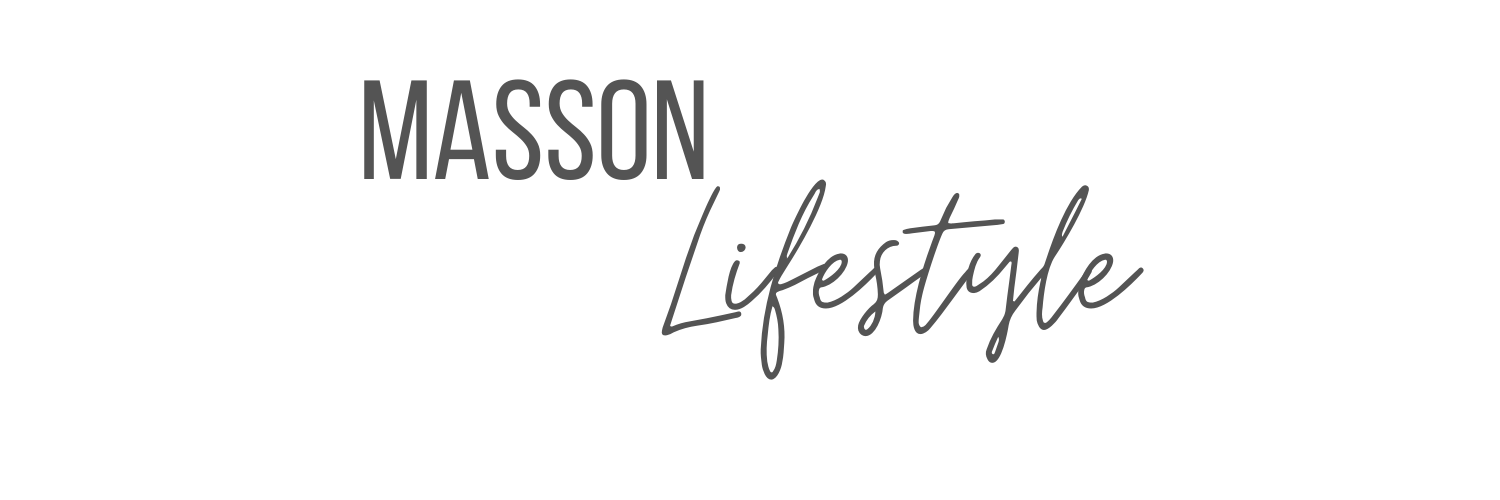Different types of sewing stitches
Stitch this, stitch that… stay stitch, under stitch, straight stitch, lock in those stitches. WHAT does it all mean? I’m going to tell you its all a big mumbo jumbo when you are a beginner sewist. BUT I assure you once you know them, it all makes sense and I will also show you in the video above why you need them and why you need to use the right one.
So lets start out with STAY STITCHING
Often overlooked and many people think “I’m just gonna skip that” but don’t skip stay stitching. Plus it just takes like a minute or two and it will save you a big headache down the sewing road. Stay stitching is a stitch we use when we don’t want our fabric to stretch. Its mostly used on necklines and armholes because they are curved, and since this fabric is curved its cut across the bias grain on the fabric... which means its going to stretch SO we do stay stitching so it doesn’t stretch (hence stay stitch, so the fabric stays on its original state and it doesn’t stretch)... It is a straight stitch through ONE layer of fabric 1/2” away from the raw edge. The Big Four usually give you these little itty bitty arrows showing direction. I can NEVER see which way they go so…Try to start at the center of a neckline and work your way out, BUT if you forget to do this its not the end of the world.
Next up is ZIG ZAG STITCH
Zig Zag Stitch Is used for two things.... Usually to sew knit garments. When I say don’t forget to use a zig zag stitch its because knits need to stretch when you wear them. So the only way to do this is to use a zig zag stitch OR as I like to call it a narrow zig zag stitch. Some machines have a lighting bolt stitch and some don’t. If you don’t have this on your machine all you have to do is set your machine to a narrow stitch width.
You can also use a zig zag stitch to finish off a seam to prevent the fabric from fraying.
STRAIGHT STITCH
This is your usual straight stitch for most commercial patterns this is done 5/8” or 1.5 cm away from the raw edge. This is a permanent stitch so we always lock it on our machine. So we stitch three stitches and then we back stitch three stitches so we lock them in so the threads don’t unravel. We straight stitch the length we need and then when we get to the end, we yet again we back stitch so we lock those stitches in. Straight stitches have ZERO width and usually are 3 to 3.5 mm in length on your sewing machine.
BASTING STITCH
We baste when we need a temporary straight stitch used to hold layers of fabric together until we final stitch it in place. Key word with basting stitches is temporary. When you baste, you do NOT lock in your stitches at the start or at the end. Remember these are temporary stitches so we want to easily remove them later on. SO we don’t lock them in. We also use the longest running stitch in our sewing machine. In my case it’s a length of 5mm or it can be a 4mm on other sewing machines. You just want to hold the two pieces of fabric together.
UNDERSTITCH
It is a straight stitched (so you lock it in at the start and at the end) used to stop a facing or a lining from peeking out from the inside of a garment. When attaching a facing or a lining we under stitch the facing or lining to the seam allowance. You usually stitch 1/8” away from the seam line. I must admit I have a fascination with under stitching. Don’t ask me why, I do love to under stitch because it gives your garment a much nicer finish.
EASE STITCH
We ease stitch when we need to ease a sleeve into the arm hole. Very similar to gathering stitches…So usually we do TWO rows of long running stitches. So again your longest running straight stitch on your machine. In my case the longest running stitch is 5mm and I leave the threads long on my stitching because I want to pull on those stitches later on to ease the fabric. One row is usually done 1/4” away from the raw edge and the next one is done 1/2” away from the raw edge. These are temporary stitches hence why you do not lock them in.
SLIP STITCH
Slip stich means you grab needle and thread and you stitch by hand. Yeah I know, its a bummer but every know and then its time to put some music and go at it the ol’ fashioned way with needle and thread. It is also called a ladder stitch. We usually use this to close a seam that perhaps your machine can’t do.
TOP STITCHING
This is decorative stitch, some times its done 1/4 from the seam OR stitch were it is indicated in the instructions. This is a straight stitch! If you have a top stitching presser foot or an edge stitch presser foot, I strongly suggest you use it. It makes a HUGE difference, if you don’t have one, you can always use washi tape as a guide OR the presser foot.
Alright, I hope this video and blog was a little helpful for you and you can use it as a reference. The more you continue sewing you will eventually know which stitch you have to use because you will see them called out again and again. Especially in the the BIG four patterns that always list their types of stitches in the glossary.

